The Co-operAction toolkit contains activities about co-operative values and principles, the value of co-operation and supports youth groups to set up a co-operative enterprise. Here below you find some co-operative games.
List of activities:
- Spider's web
- Cow poo game
- River crossing
Spider's Web
Age: 12+
Duration: 60 minutes
Group size: 10 - 30
Overview: A co-operative game where participants all have to get through a spider's web without touching the ropes
Objectives
• To reflect on different roles and responsibilities in a group
• To create a strong sense of group
Materials
• Rope or string
Preparation
Between two trees, create a spider web with many different holes (in groups for up to 15 people as many holes as people in the group) in different sizes. Each hole should be big enough for a person to fit through.
Step-by-step instructions
1) Explain that the whole group has to get to the other side of the spider web, using the holes in the web to pass through. The only rules are:
• Each hole can only be used by one person (in groups over 10 people: by 2 people).
• No one is allowed to touch the rope at any point. If someone touches it, everyone has to go back to the start side of the web.
2) After 30 minutes (or after the group has succeeded), finish up and come together for the debriefing.
Debriefing
• How did it go?
• What was your strategy? Did it go to plan?
• Are you satisfied with the work of the group?
• How did you take decisions?
• Are you satisfied with your own contribution? Why (not)?
• What role did you take? What roles did others take?
• What would be a co-operative way to take decisions?
Cow poo game
Age: 10+
Duration: 45 minutes
Group size: 5 - 30
Objectives
• To develop co-operative ways of working
• To develop a sense of a group
• To reflect on different roles and responsibilities in a group
Materials
• Chalk or masking tape
Step-by-step instructions
1) Mark out a grid of squares on the floor using tape or chalk.
2) Then, on a piece of paper, draw a corresponding map showing one safe route across the grid. The participants do not get to see this map.
3) Explain the group that the grid is a field that is covered in lots of cow shit. No one wants to step into cow shit, so the players have to figure out the only safe route across the field while walking in a single line and holding hands.
4) Once the crossing begins, they are not allowed to talk. If anyone talks, the whole group must return to the start. The group has to find the safe route across the field by trial and error and memory skills.
5) The first player in the line starts, choosing a route one square at a time (movements can be made forward, left or right). Everyone else follows in their steps.
6) If anyone steps on cow shit (according to the map), the group has to start again and the player who was at the front of the line must go to the back.
Debriefing
• How did you like the activity?
• What happened during the activity? What worked? What didn’t or what hindered the process?
• What roles did different people take during the process? How so?
• Were you comfortable with your role?
• Who knew how to cross the field?
• How did you communicate?
• How could the co-operative values have helped you in this activity? Which ones?
Tips for facilitators
This can be a very good team building activity, but also a good activity to reflect on co-operation as a tool to achieve our goals and overcome challenges. It also helps to work on communication within your group.
The game can be adapted for younger children (6-8) by simplifying the grid and the route – ensuring the instructions are clear for them. Equally, you can make the route more challenging for older participants, by having a larger grid and more complicated route.
River crossing
Age: 12+ (can be adapted for younger children)
Duration: 60 minutes
Group size: 10 - 20
Objectives
• To develop co-operative ways of working
• To develop a sense of group
• To reflect on different roles and responsibilities in a group
Materials
• 4 - 5 A4 papers (if you are more than 20, have more paper)
• 2 ropes or masking tape
Step-by-step instructions
1) Set up the river banks with the rope or masking tape. Make the river wide enough so that it will be challenging for the group to get from one side to the other only by stepping on the papers.
2) Explain that the whole group has to cross the river as a team. Participants cannot touch the water (floor/grass) and therefore must use rafts (A4 papers) to cross. The water is filled with crocodiles. If someone loses their balance and touches the water, the hand gets eaten (must be put behind the back). If someone steps on the water with their foot, they cannot use this leg any more. If a person completely comes off the raft the whole team needs to go back to the river bank and start over.
3) Rafts must be in contact with a human at all times or they will be swept away by the current. Once the group has started to cross, your role as a facilitator is to take cardboard squares that are ‘swept away by the current’ (that no one stands on) and to watch for safety issues. The participants will invariably split up and leave some rafts here or there with no one contacting them, those you should quickly take away.
Debriefing
• How did you feel during the exercise?
• What happened during the crossing? What worked? What didn’t or what hindered the crossing?
• What roles did different people take? How so?
• Were you comfortable with your role?
• Who knew how to cross the river? How did you communicate the plans to group members?
• How could the co-operative values have helped you in this activity? Which ones?
Tips for facilitators
This can be a very good team building activity, but also a good activity to reflect on co-operation as a tool to achieve our goals and overcome challenges. It also helps to work on communication within your group.
This game can be adapted for younger children 6+ by either having larger sized paper, and/or more of them.




















